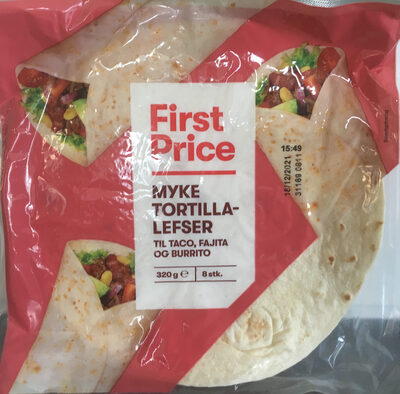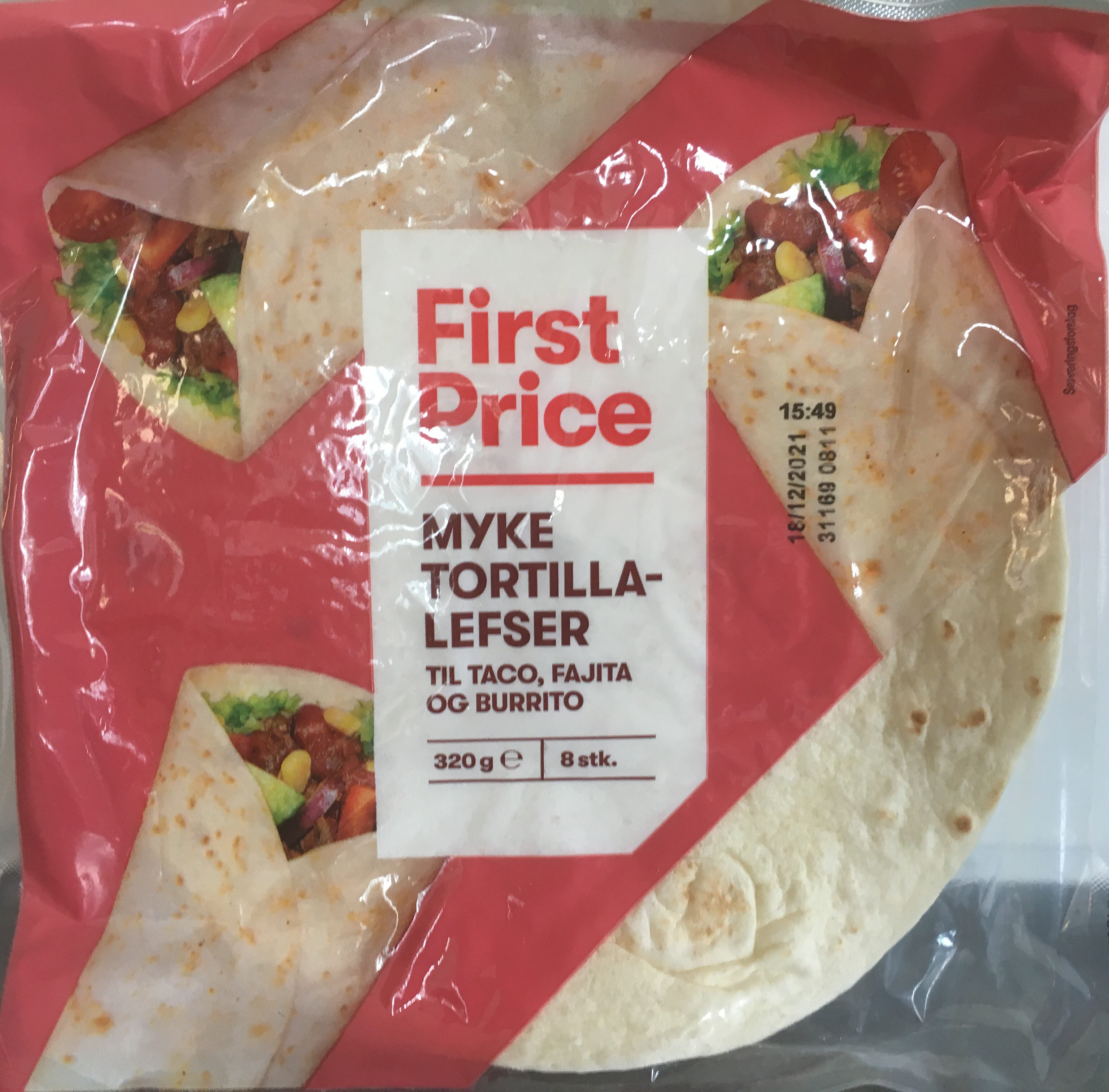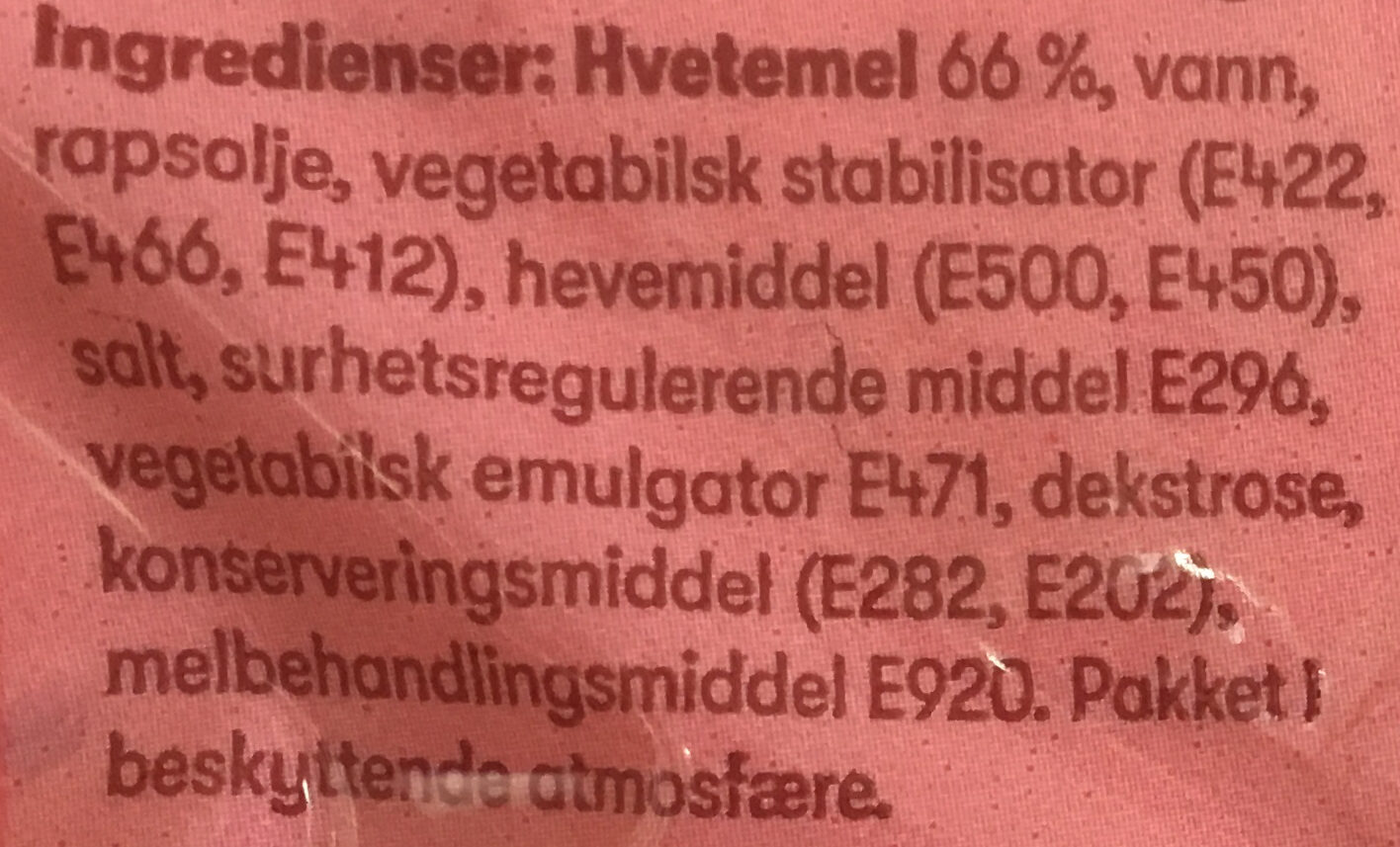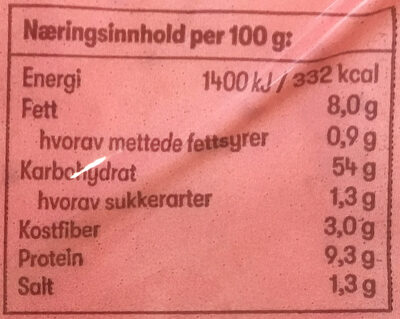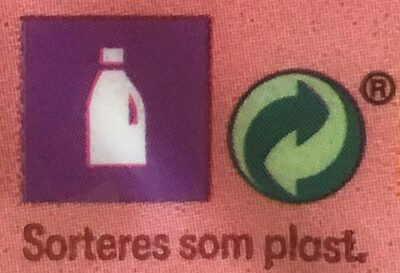Tortillalefser - FirstPrice - 320g
Denne produktsiden er ikke fullstendig. Du kan hjelpe med å ferdigstille den ved å redigere den og legge til mere data fra bildene vi har, eller ved å ta flere bilder i appen for Android eller iPhone/iPad. Takk!
×
Strekkode: 7311041019771 (EAN / EAN-13)
Mengde: 320g
Merker: FirstPrice, First Price
Kategorier: en:Plant-based foods and beverages, en:Plant-based foods, en:Cereals and potatoes, en:Breads, en:Flatbreads
Land hvor produktet selges: Norge
Samsvarer med dine preferanser
Report a problem
Datakilder
Produkt lagt til av odinh
Siste redigering av produktsiden den av roboto-app.
Hvis dataene er ufullstendig eller feil, kan du fullføre eller korrigere dem ved å endre denne siden.
